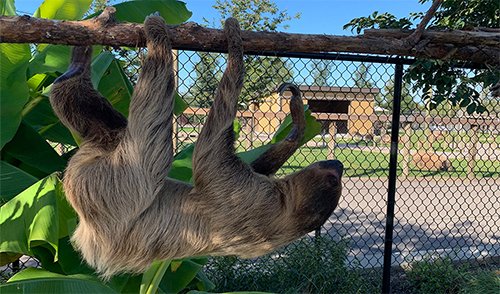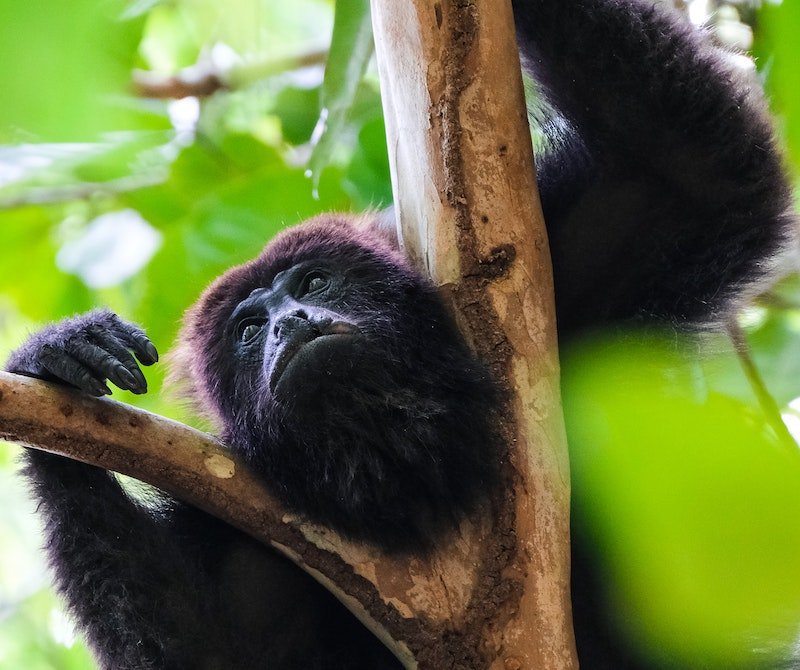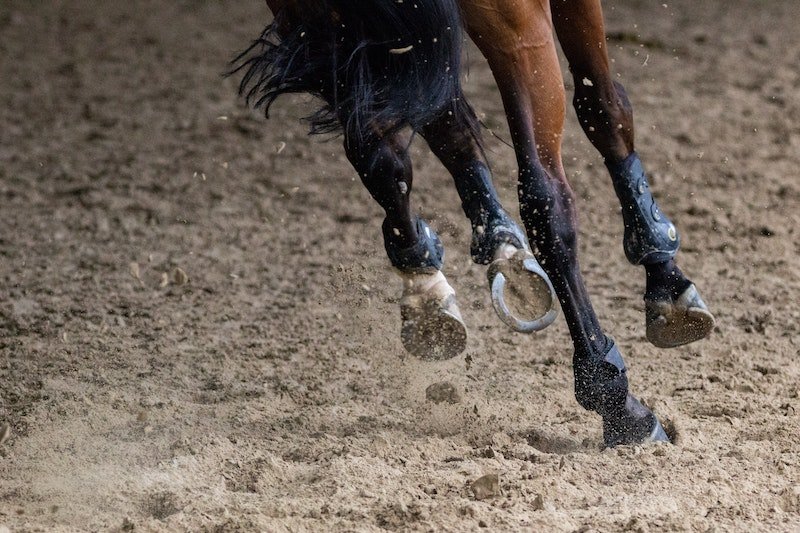Ask a Baraminologist: How?
Hey, kids, welcome back to our “Ask a Baraminologist” series! Please keep the questions coming. I will get to all of them as soon as I can. This week, we will answer multiple questions with a “how?” theme and one asking “what?”.
Our first question comes from Rees, who asks: “what is the most poisonous spider, and what is the least poisonous spider?”
Great question, Rees! Before answering your question, however, it is important to point out the difference between poisonous and venomous. Poisonous is anything that might kill you if you eat or touch it. Venomous means it injects venom when it bites you. Spiders are venomous—they need to inject their venom into people by biting them.
It is difficult to know precisely which spiders are the most venomous as many species are highly understudied. Further, many species of spiders are venomous, but not all can even bite humans, while some will bite without injecting venom. Some common highly venomous species are the widow group (black, brown, and red widows) and the brown recluse. Supposedly, the Brazilian wandering spiders (otherwise known as banana spiders) are the most poisonous, but this is disputed.

Brazilian Wandering Spider
Rodrigo Tetsuo Argenton, CC BY-SA 4.0 via Wikimedia Commons
Some species of spider lack venom altogether. Therefore, there is a tie for the least venomous spiders among dozens of species. Many of these species are native to tropical rain forests where insects are plentiful and thus easier to catch.
Our next question comes from D, who asks, “how big is the biggest toad in the world?”
Great question! The largest toad ever found was actually discovered just this year, at the beginning of January. It was a cane toad from Australia and weighed 5.9 pounds. That is one big toad!

Monster Cane Toad
Queensland Department of Environment and Science, Creative Commons Attribution 4.0 International Licence (CC BY 4.0)
Our third question comes from Kaleb, who asks, “I’ve heard that howler monkeys can be very aggressive. Why is this? I’ve also heard that sloths can severely injure someone. How do they do this?”

A sloth at the Ark!
Awesome questions, Kaleb! In terms of sloths, they are incredibly non-aggressive and will effectively leave humans alone unless you bother them. Sloths in the wild do not like being touched, even by other sloths, and because they are so slow, they rarely show any irritation. Thus, when they attack, it is likely to be a surprise. Because they have very sharp, dirty claws and teeth, they can do serious damage. The wounds they leave behind can become infected and potentially kill someone if not treated.

Photo by Philippe Oursel on Unsplash
Howler monkeys are actually somewhat milder in temperament than many other monkeys, but they do not particularly like being in captivity, which can affect their relationship with people. This dislike may explain why they are deemed aggressive. It may also come from their loud howls, which can be heard for miles. However, actual combat between individuals is rare. Most disagreements are settled with howls.
Our final question comes from Renae, who asks, “How do nails not hurt horse hooves?”

Photo by Philippe Oursel on Unsplash
Awesome question, Renae! The nails for horseshoes do not go into the flesh of the horse. Instead, they go into the hoof wall, which is made of keratin—the same material in your fingernails. Keratin does not have nerves attached and can be pierced with no pain to the horse. The only part of the hoof that has nerves is the internal frog. You don’t want to put nails there—fortunately, you don’t need nails in the frog for horseshoes to stay attached.
I hope these answers help you and are a blessing to you. Please feel free to keep sending in the questions. I’ll get to them as soon as I can!
- © 2024 Answers in Genesis
- Privacy Policy
- Contact
- About
